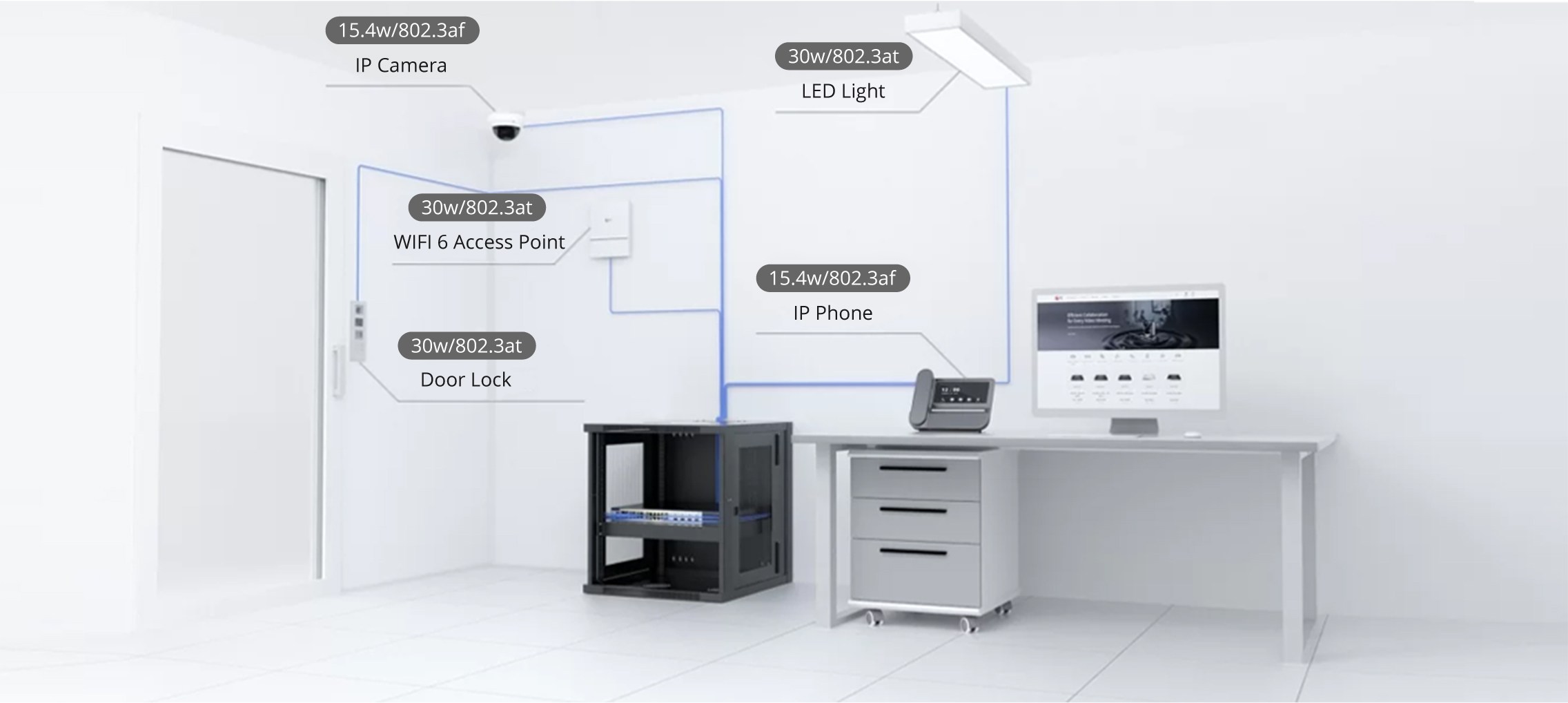
































Your passwords are the keys to your various kingdoms. Without them, you'd struggle to log in to sites and services. Although you should be using a password manager to save your credentials securely, some people use the old-school method of allowing their web browsers and apps to save them.
For people who still opt to go that route, it's a good idea to back your passwords up regularly. After all, you never know when disaster could strike. Although MacOS is pretty good about syncing your data to your iCloud account, what happens if that process fails? In that situation, you'll be glad you exported your passwords.
Also: The best VPN services (and how to choose the right one for you)
There's one caveat to this process that you must consider carefully. When you export passwords from MacOS, the result is a plain-text file. Anyone who has access to that file could read it. That risk means you should consider saving the exported file in an encrypted folder (I'll show you how).
But first, we must export those passwords.
What you'll need: The only thing you'll need is a MacOS device with saved passwords. That's it. Let's make this happen.
The first thing you must do is open System Settings, which can be done by clicking the Apple menu in the upper left corner of your desktop and selecting System Settings from the drop-down.
Scroll down on the left sidebar and click the Passwords entry. When you do, you'll be prompted for your user password. Once you've successfully authenticated, you should see a list of all your saved passwords.
You must type your password before you can view the Passwords section.
Before you export your passwords, go to Finder and create a folder to house the exported passwords. You can do this task by right-clicking (or two-finger tapping) any empty spot and selecting New Folder. Give that new folder a name and you're ready to go.
Back at the System Settings > Passwords section, click the drop-down to the far right of the search bar (at the top of the window). From that drop-down, select Export Passwords. When prompted, click Export Passwords in the pop-up, and then ensure you save the file in the folder you just created.
You should regularly export your passwords, just in case.
Remember, the exported file is in plain-text format, which means you can open it in any text editor and view the contents.
Also: Beyond passwords: 4 key security steps you're probably forgetting
Let's fix that.
Open Launchpad, type Disk Utility, and hit Enter when the launcher appears. This action will open the Disk Utility app.
With Disk Utility open, click File > New Image > Image from Folder. When the file picker opens, navigate to and select the new folder you created (that houses the exported passwords file).
The Disk Utility allows you to create images from a folder or even blank images.
Give the image file a name, select the directory to house it, click the Encryption drop-down, and select 256-bit AES encryption. You will then be prompted to type and verify a password for the image. Make sure to use a strong/unique password. Once you've done that task, click Save and your image file is complete.
Make sure to give the encrypted image a memorable name.
The last thing you must do is delete the plain-text password file. Do not forget this step, otherwise, anyone with access to your computer could locate the file and read it.
Whenever you need to use that file, you'll need to double-click the .img file and type the encryption password. This will open the folder with the plain-text file, which you can import, should something happen.
Also: Multi-factor authentication: How to enable 2FA and boost your security
And that's all there is to backing up your MacOS passwords. I will remind you, once again, that your best bet is to not allow your web browser (or installed apps) to save your passwords and, instead, use a legitimate password manager. That method is far more secure and reliable.
 Hot Tags :
Tech
Services & Software
Operating Systems
Hot Tags :
Tech
Services & Software
Operating Systems